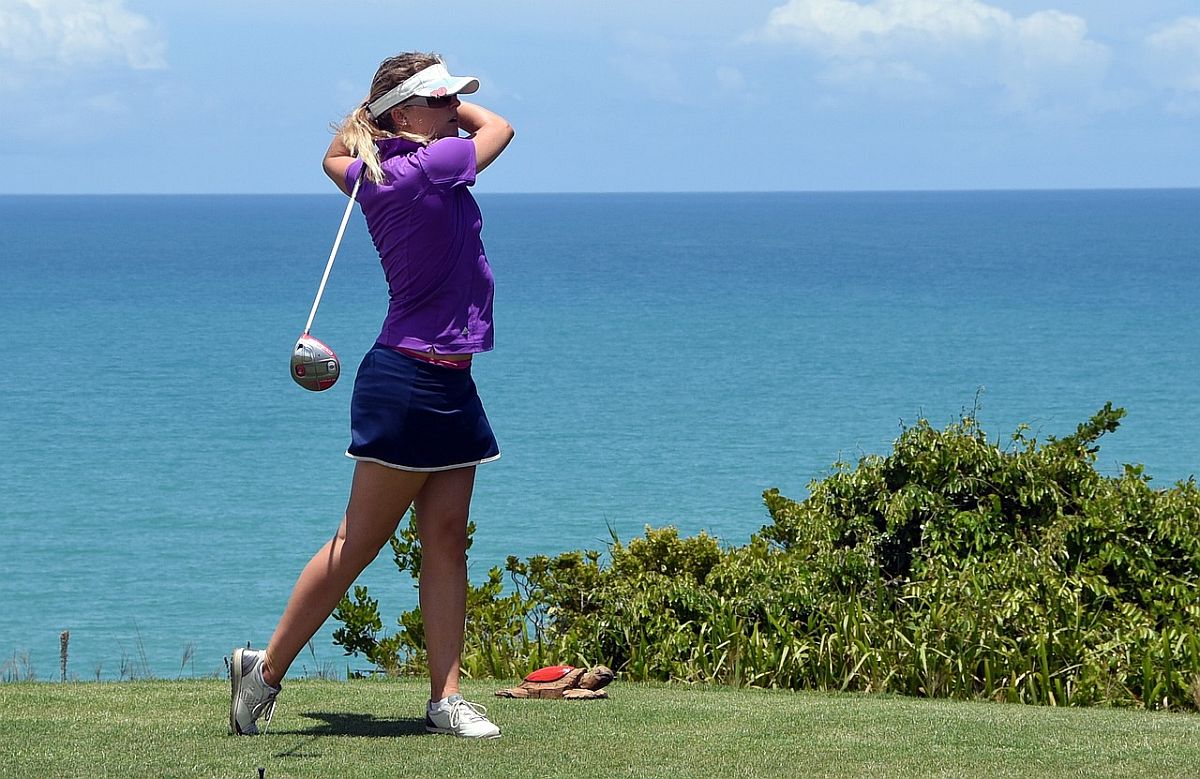Medial epicondylitis, also commonly known as golfer’s elbow, is a condition that results from the damage to the muscles and tendons that control the wrists and fingers.
The damage is often caused by repeated stress through activities that require forceful swing motions that utilise the wrist and fingers.
Without proper methods of lifting, throwing, or hitting, athletes or even everyday fitness enthusiasts can suffer from signs that will contribute to golfer’s elbow.
While the term usually applies to golf players, other sports that utilise racquets, the act of throwing, and even weight training can patients suffer from the condition as well.
Even forceful movements repeated often can result in this condition, implying that the condition can go beyond just athletes.
What To Look Out For
As the condition comes from repeated movements, pain can be felt on the inner side of the elbow when certain movements are carried out.
For golfers and racquet game practitioners, more frequent swings may cause more pain and discomfort.
Stiffness may also be another factor around the area of the elbow and when this occurs, making a fist might hurt.
Patients have also reported a sensation of numbness or tingling during movements
from the elbow to their fingers.
These symptoms are also followed by a sense of weakness around the arm and wrists from time to time.
However, it should be noted that the symptoms may appear suddenly or at times gradually.
It has also been observed that patients who carry out repetitive movements for a couple hours a day have a higher risk of developing the condition.
Moreover, other factors such as old age, obesity, and habits such as smoking can further contribute to the condition.
Steps Towards Prevention
As the condition tends to affect more sports practitioners, it is important to keep in mind the importance of stretching before any activity. Walking or jogging for a few minutes can help to warm up the muscles.
Stretching is also encouraged before any major game. Additionally, exercises that can help strengthen forearm muscles will aid in absorbing shock or impact from sudden stress that takes place during a game.
As in any sports, proper methods and form is vital. Get the necessary help from experts on practising the right lifts and swings.
Investing in the right tools can also help with reducing the risks towards
getting golfer’s elbow as lighter materials may help to reduce impact on the wrist and elbow.
However, it is most important to keep in mind the need for sufficient rest and to take breaks to prevent repetitive usage of the elbow.
This should be a priority when the first sign of elbow pain pops up.
Managing Persistent Pain
If sufficient rest, ice, and pain relievers do not help in easing the pain, do seek immediate care and meet an orthopaedic consultant for further check-up and treatment.
Worsening conditions may include a hot and inflamed elbow, and restricted movements.
Difficulties in bending the elbow and any suspicion of a deformed or broken bone will need immediate medical attention.
Upon checking and diagnosing the severity, your doctor may recommend a counter-force brace for the affected arm in order to reduce tendon and muscle strain.
Doctors may also work alongside a physiotherapist to suggest necessary exercises to strengthen the affected area. You may also benefit from an injection to the affected area.
Persistent pain after initial conservative treatment will require surgery as a final resort. You can talk to your surgeon regarding the types of surgery that ca be performed to manage and treat this condition.
Dr Sureshan Sivananthan is a consultant orthopaedic, arthritis and sports surgeon.
- This is the personal opinion of the writer or publication and does not necessarily represent the views of Ova.












